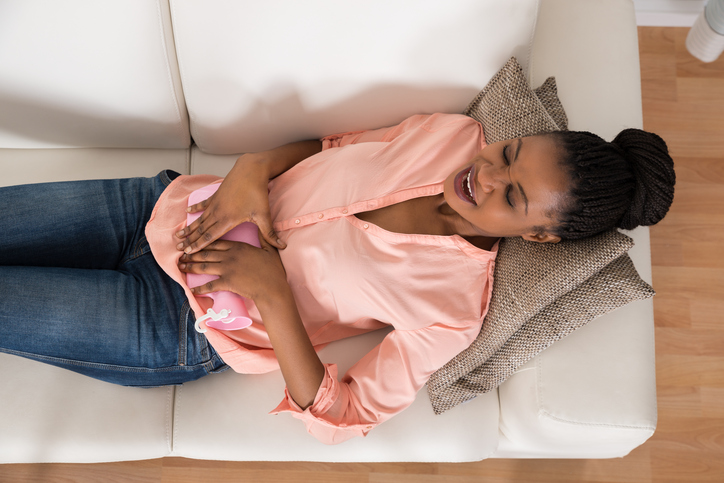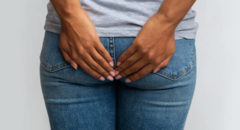 Don’t let pelvic pain put a damper on your weight-loss resolution – i.e., that sexy six-pack you’ve been dreaming of all year long.
Don’t let pelvic pain put a damper on your weight-loss resolution – i.e., that sexy six-pack you’ve been dreaming of all year long.
While mainly associated with your monthly visitor (menstrual cramps), pelvic pain is often a mystery and maybe indicating a more serious health issue.
To get relief, your first step (after the totally legit complaining) should be figuring out what’s wrong.
The following are examples of the different types of pelvic pain. Women believe these are possible causes and origins of the pain.
Always consult your health care provider for a diagnosis.
Localized pain: Maybe due to an inflammation
Cramping: It may be caused by a spasm in a soft organ. These could be the intestine, ureter, or appendix.
Sudden onset of pain: May be caused by a temporary deficiency of blood supply due to an obstruction in the circulation of blood
Slowly-developing pain: Maybe due to inflammation of the appendix or an intestinal obstruction
Pain involving the entire abdomen: May suggest an accumulation of blood, pus, or intestinal contents
Pain aggravated by movement or during the exam: Maybe a result of irritation in the lining of the abdominal cavity








